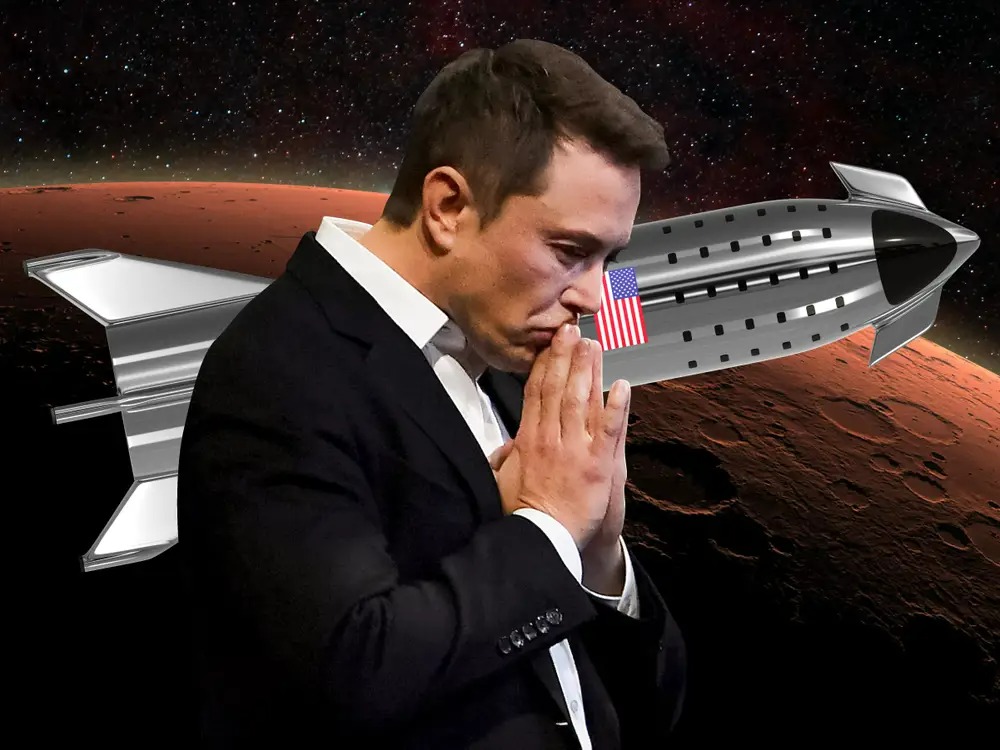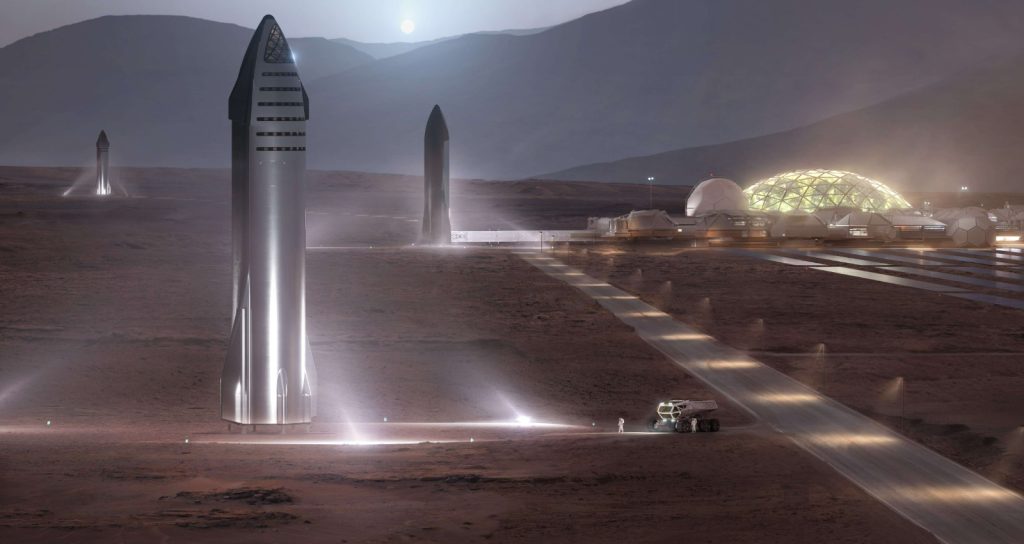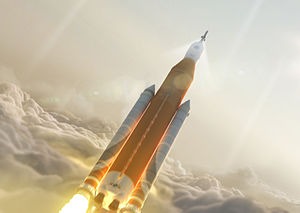On August 29th, NASA is planning to launch its biggest rocket ever, its 35-story-high Space Launch System. NASA claims this is the rocket that will return Americans to the moon. “Alas,” says Howard Bloom, “that is not true.”
In Boca Chica, Texas, a rocket in the testing phase will be able to take 200,000 people to space for the price of just one Space Launch System flight. Yes, 200,000 people. And for the total price of the Space Launch System Program, the number of earthlings you will be able to launch is two million.

That rocket undergoing tests in Texas is SpaceX’s Starship. A spaceship designed to carry one hundred passengers.
The arithmetic on the Starship versus the Space Launch System comes from Howard Bloom. Bloom is the scientific thinker Britain’s Channel 4 TV calls the Einstein, Newton, Darwin and Freud of the 21st century. He is co-founder and co-chair of the Asian Space Technology Summit, founder of the Space Development Steering Committee, and a member of the Board of Governors of the National Space Society.
Bloom has done the math, and according to him, “for the price of the total Space Launch System program, $40 billion, you could launch two million people to space if you used SpaceX’s Starship. You could launch the entire population of Phoenix, Arizona.”
Elon Musk wants to get his Starship launches down to $2 million each. If he succeeds, for the price of one Space Launch System take-off you will be able to launch 2,000 Starships. Each Starship is designed to carry 100 passengers.

“Meanwhile,” explains Bloom, “the cost of one Space Launch System launch is $4.1 billion. Which means that for the price of one Space Launch System takeoff with three people you could transport 200,000 people to space on the Starship.”
“Or,” adds Bloom, “for the total cost of the Space Launch System program, you could launch 400 million pounds of cargo. You could launch 4,000 houses.”
There’s one other little hitch to the use of the Space Launch System to return Americans to the moon. Neither the Space Launch System rocket nor its passenger capsule, the Orion, can land on the moon. The best the SLS and Orion can do is put Americans in orbit around the moon, so they can look down as the Chinese and Russians build their planned research station on the lunar surface.

The Starship, on the other hand, will be able to do more than just land on the moon’s surface. It will be able to take off again, come back to earth, and land on terra firma. Then it will be able to refuel, board new passengers and cargo, and take off once again, heading for a landing on Mars.
Like a passenger plane, a train, or a bus, the Starship is built for reuse. The Space Launch System rocket, by contrast, launches its passengers and cargo only a single time. Then the whole costly piece of hardware is thrown away.

Says Bloom, “All of this means that, for the price of the SLS program you could use the Starship to plant permanent human habitations on the moon, Mars, in orbit around Jupiter, and on or around all the rest of the planets in the solar system.
“Last but not least, for the price of the SLS program,” says Bloom, “you could buy a solar-system-spanning space program that would leave the Chinese—who plan to inhabit the entire solar system– in the dust.”
Stewart Atkinson is a writer in Texas.




